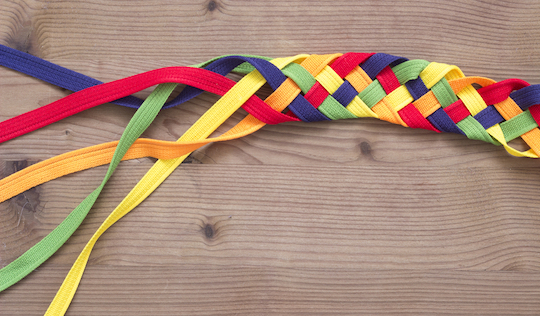After the last 2 years we have lived through as a society, it is fair to say we might all be emotionally scarred in some way or another. Our sense of self has taken a toll, we are recalibrating priorities, detangling what has shaped us, who we are, where we really want to be and where do we belong. Belonging, as the social tribes we are, is the glue that binds us together.
But how can we foster belonging as individuals and as extended microcosmos of society (i.e. organisations)?
When considering diversity – how can we be truly inclusive?
How can we be active allies and move the needle from simple passive bystanding?
In an increasingly diverse world, we must debias ourselves (and therefore everything we do, from how we recruit people to all the AI we build) if we are to survive.
However, our still prehistoric brains haven’t yet caught up with the level of stimuli and cognitive overload we are under. So we need to wake up and smell the coffee: we are inherently biased by the blinkers we often proudly carry around. This distorted version of reality can cause us to take unfair and unequal decisions. Bringing the unconscious into the conscious is often the very first step.
Oftentimes, diversity and inclusion appear as that fluffy aspiration and well-meaning initiative – sometimes used as clean-up PR after things have gone (publicly) wrong, or an HR tick box exercise. The truth is: diversity is a reality. Inclusion, on the other hand, is still very much a choice. A choice that we must make day in day out through a series of intentional and ever so conscious actions to actively include and embrace differences instead of passively excluding (our default position).
Our Bridging the gap course aims at guiding us exactly to do that: dropping our blinkers and understanding how to actively include diversity and foster belonging.
Diversity, after all, is more a numbers game, and does very little without inclusion.


Leave a comment